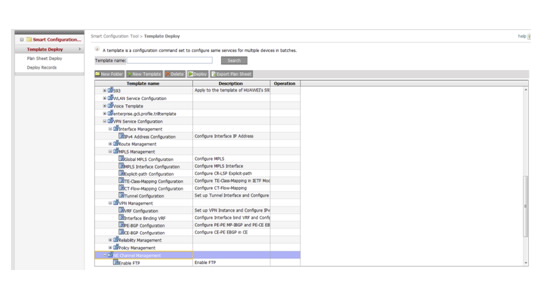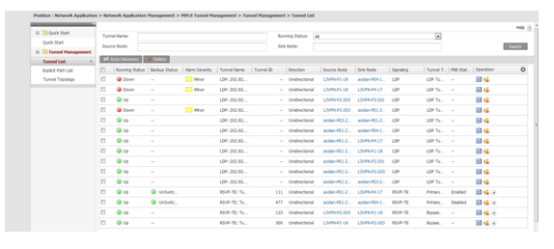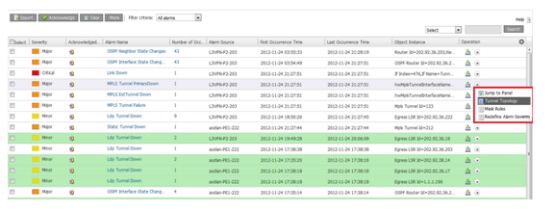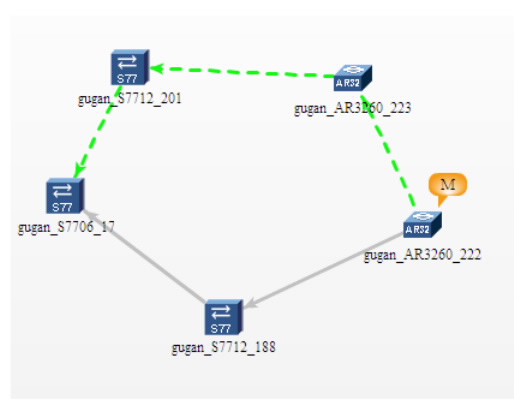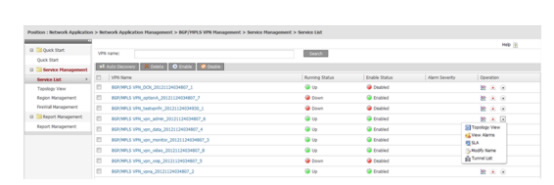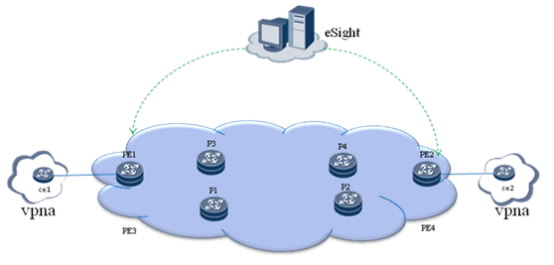eSight MPLS Tunnel Manager
The tunnel technology is widely used in networks. Enterprises choose tunnels based on service features. Generally, LDP tunnels carry services that have low requirements on bandwidth and QoS, and MPLS TE tunnels carry services that have high requirements on bandwidth and QoS. To ensure that services run properly, administrators must know the following tunnel information on the current network: number of tunnels, tunnel types, path of each tunnel, tunnels with the protection function, and whether a tunnel switchover occurs.
Huawei eSight MPLS Tunnel Manager automatically discovers the MPLS TE tunnels (RSVP-TE signaling-based dynamic tunnels and CR-Static signaling-based static tunnels) and LDP tunnels that have been deployed on the network, monitors the tunnels in real time, and displays tunnel running status dynamically. In addition, eSight MPLS Tunnel Manager monitors active-standby switchovers and bypasses.
Utiles Produits
- eSight DC nCenter
- eSight QoS Manager
- eSight MPLS VPN Manager
- eSight Network Traffic Analyzer
- eSight WLAN Manager
- eSight SLA Manager
- eSight Smart Reporter
- eSight Unified Network Management Platform
- Fine-grained Traffic Management Solution
- Integrated Wireline and Wireless Management Solution
- Smart Network Deployment Solution
- Unified Multi-Vendor O&M Solution
- Visual MPLS Network O&M Solution
- Visual Network Quality Management Solution
- Network Management Solutions for Small- and Medium-Sized Enterprises
- eSight Operation and Maintenance (O&M) Solution for Enterprises



















